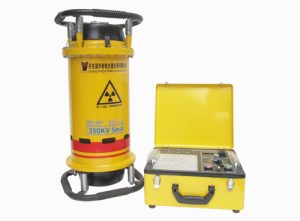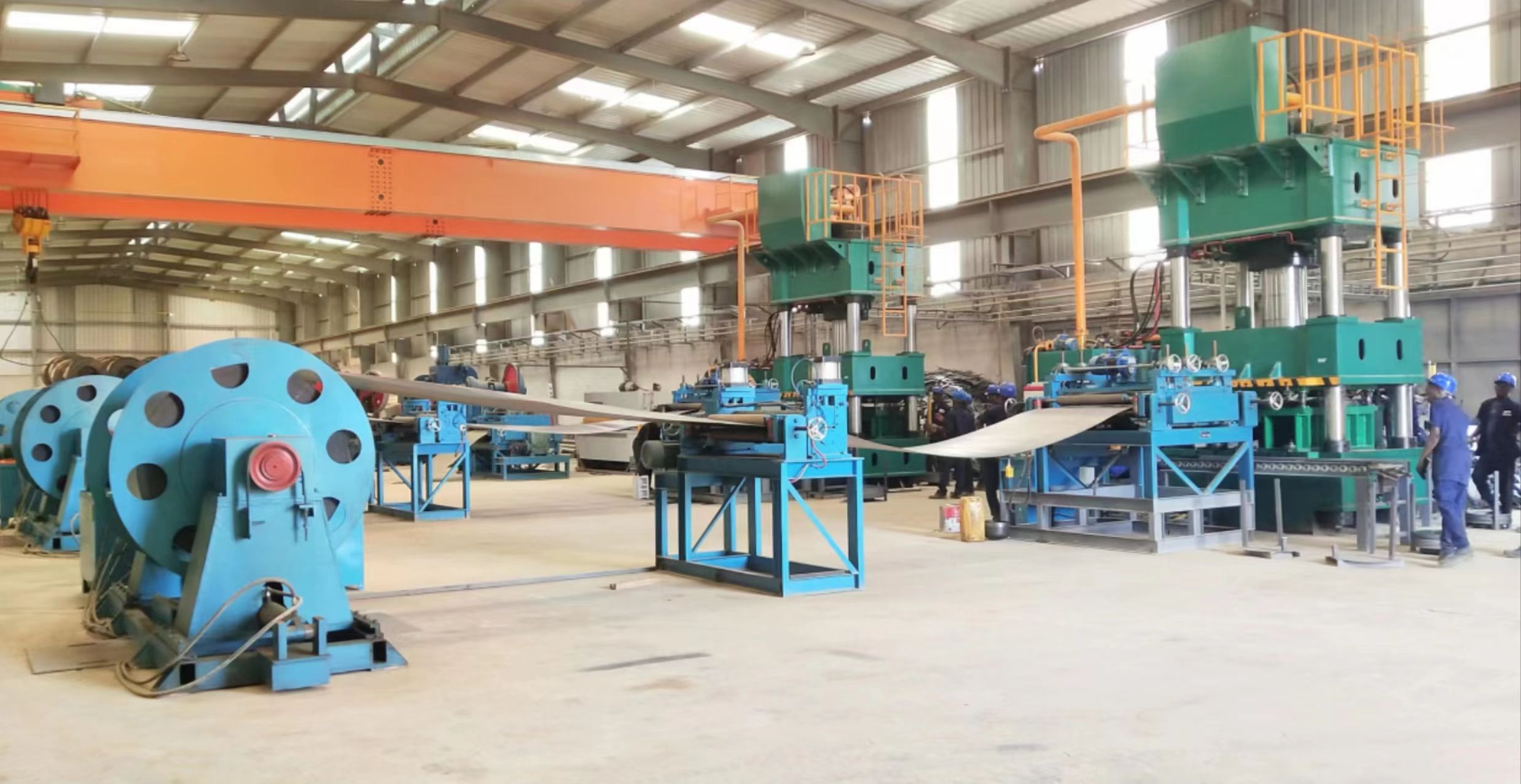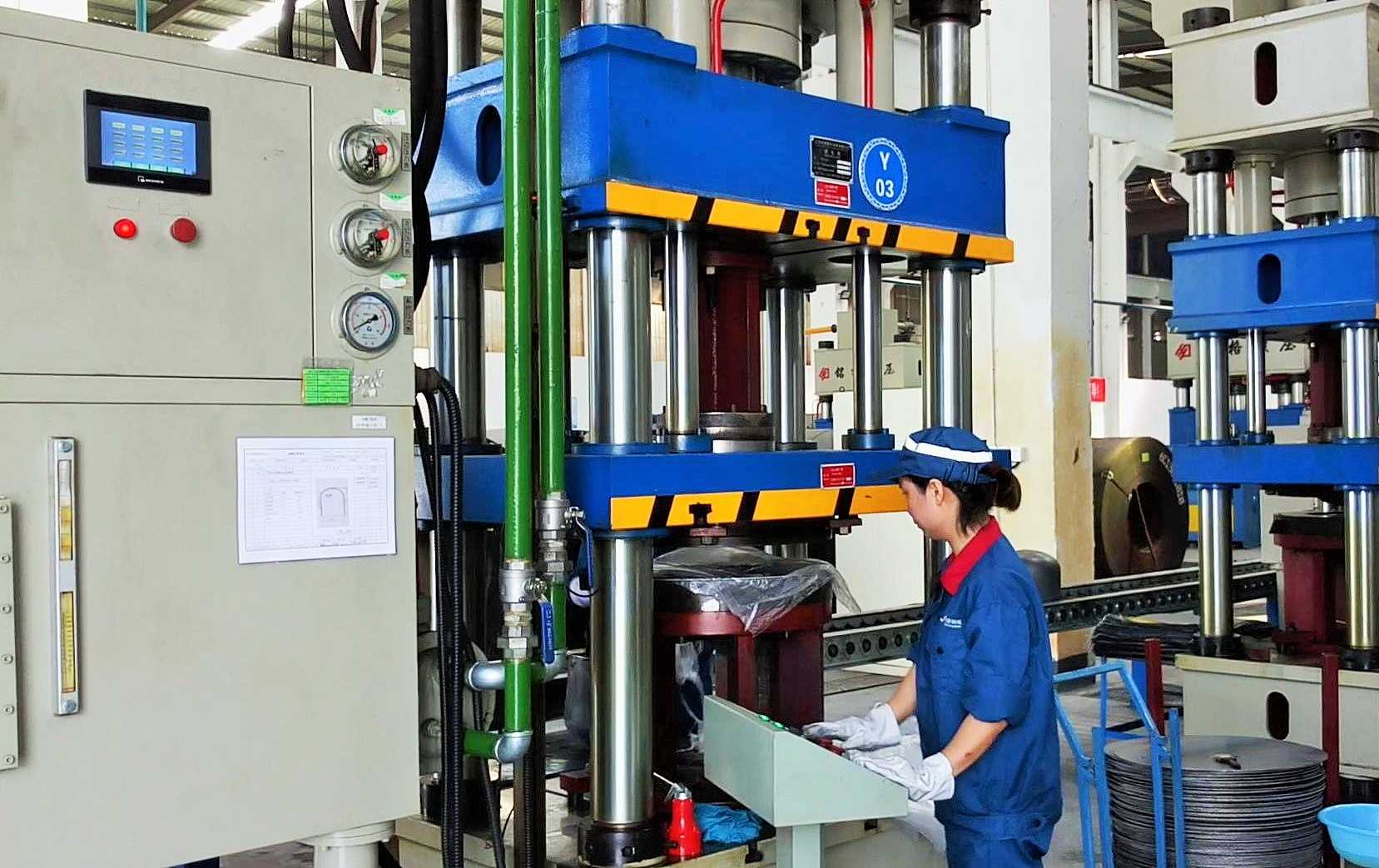Introduction
A flaw detector is an essential component of modern industrial processes, playing a crucial role in assessing the integrity and performance of materials, components, and structures. This equipment, which includes various sophisticated devices and technologies, is pivotal in ensuring safety, reliability, and performance across a multitude of industries. The importance of flaw detectors cannot be overstated, as they help prevent catastrophic failures and ensure the longevity and functionality of critical assets. This article provides a detailed overview of the components and technologies involved in flaw detector, focusing on specific elements like the oven, viewer, film cleaning tank, camera bag, enhanced screen, red light, film cutter, magnetic steel, and film.
1. Overview of Flaw Detection Technologies
Flaw detector, also known as non-destructive testing (NDT), encompasses a variety of techniques designed to evaluate the properties of a material, component, or structure without causing any damage. This approach is critical in industries such as aerospace, automotive, construction, and manufacturing, where the integrity of components is vital. Non-destructive testing methods include ultrasonic testing, radiographic testing, magnetic particle testing, and dye penetrant testing, among others. Each method has its own set of advantages and applications, and the choice of technique depends on the specific requirements of the inspection task.
2. Components of Flaw Detection Equipment
A flaw detector typically comprises several key components, each serving a unique function in the overall process of assessing material integrity. Here, we explore these components in detail:
2.1. Oven
The oven is used in the preparation phase of the flaw detector process, particularly in techniques that involve film or other materials that need to be heated or cured. In radiographic testing, for example, the film must be processed under controlled conditions to ensure accurate results. The oven maintains a stable temperature to achieve the desired chemical reactions, which are critical for developing high-quality images of any flaws present.
2.2. Viewer
The viewer is a crucial component in flaw detector, particularly in radiographic and other imaging-based methods. It allows technicians to examine the film or digital images produced during the inspection process. The viewer is designed to enhance the visibility of flaws by providing appropriate lighting and magnification. High-quality viewers help in the accurate interpretation of results, ensuring that even subtle defects are detected.
2.3. Film Cleaning Tank
The film cleaning tank is used to clean and process the film used in radiographic testing. After radiation exposure, the film is treated to remove any residual chemicals and debris that may affect the clarity of the final image. Proper cleaning is essential for obtaining clear and accurate results, as any contaminants on the film can obscure or distort the detected flaws.
2.4. Camera Bag
The camera bag is used to store and transport sensitive imaging equipment, such as cameras used in radiographic testing. This component ensures that the equipment remains protected from environmental factors that could damage it or affect its performance. A well-designed camera bag includes compartments and padding to keep the equipment secure and organized.
2.5. Enhanced Screen
In radiographic testing, the enhanced screen is used in conjunction with the film to improve image quality. The screen emits light when exposed to radiation, which enhances the sensitivity of the film and produces clearer images of any flaws present. Enhanced screens are critical for achieving high-resolution images and accurately detecting defects.
2.6. Red Light
Red light is commonly used in the processing phase of flaw detection, particularly in the development of radiographic films. Red light is used to safely handle and inspect the film without causing premature exposure or damage. It helps maintain the integrity of the film and ensures that the developed images are of high quality.
2.7. Film Cutter
The film cutter is used to precisely cut the developed film into the required sizes for further analysis or documentation. Accurate cutting is essential for ensuring that the film can be properly examined and interpreted. The film cutter is designed for ease of use and precision, minimizing the risk of damaging the film during the cutting process.
2.8. Magnetic Steel
Magnetic steel is used in magnetic particle testing, a method that involves applying magnetic fields to detect surface and near-surface flaws. The magnetic steel serves as a core component in generating and controlling the magnetic fields required for the inspection. It is crucial for ensuring the effectiveness and accuracy of magnetic particle testing.
2.9. Film
The film is a key element in radiographic testing, serving as the medium for capturing images of the internal structure of materials and components. The film must be of high quality to ensure that even the smallest flaws are visible. Proper handling and processing of the film are essential for obtaining accurate and reliable results.

3. Importance of Non-Destructive Testing
Non-destructive testing plays a vital role in various industries by providing a means to assess the condition of materials and structures without causing damage. The primary benefits of NDT include:
3.1. Safety
NDT helps identify potential flaws or weaknesses in materials and components before they lead to catastrophic failures. This proactive approach enhances safety by preventing accidents and ensuring that products and structures meet safety standards.
3.2. Reliability
By detecting and addressing potential issues early, NDT ensures that materials and components perform reliably throughout their intended lifespan. This is particularly important in critical applications, such as aerospace and automotive industries, where failures can have severe consequences.
3.3. Cost-Effectiveness
Although the initial investment in NDT equipment and processes may be significant, the long-term cost savings are substantial. By identifying and addressing issues early, NDT helps avoid costly repairs, replacements, and downtime. It also extends the lifespan of assets, providing better value for investment.
3.4. Compliance
Many industries have strict regulations and standards for material and component integrity. NDT helps ensure compliance with these standards, reducing the risk of regulatory penalties and ensuring that products meet quality requirements.
4. Applications of Flaw Detection Equipment
Flaw detector is used across a wide range of industries and applications. Some of the key areas where NDT is applied include:
4.1. Aerospace
In the aerospace industry, flaw detector is critical for ensuring the safety and reliability of aircraft components. NDT methods are used to inspect everything from engine parts to structural components, helping to prevent failures that could jeopardize flight safety.
4.2. Automotive
Automotive manufacturers use NDT to inspect components such as engine blocks, suspension parts, and safety-critical elements. Ensuring the integrity of these components is essential for vehicle performance and passenger safety.
4.3. Construction
In the construction industry, NDT is used to assess the quality of materials and structures, including concrete, steel, and welds. This helps ensure that buildings and infrastructure meet safety and performance standards.
4.4. Manufacturing
Manufacturers use NDT to inspect products and components during production and after assembly. This helps identify defects early and ensures that products meet quality standards before they reach the market.
5. Future Trends in Flaw Detection
As technology continues to advance, the field of flaw detector is evolving with new and improved methods. Some of the key trends and innovations include:
5.1. Automation
Automated flaw detector systems are becoming increasingly common, providing faster and more accurate inspections. Automation reduces the reliance on manual inspection and allows for continuous monitoring of materials and components.
5.2. Digital Imaging
Digital imaging technologies are improving the quality and accuracy of flaw detection. Advanced digital systems provide high-resolution images and allow for more precise analysis and interpretation of results.
5.3. Artificial Intelligence
Artificial intelligence and machine learning are being integrated into flaw detection systems to enhance defect detection and analysis. AI algorithms can analyze large volumes of data and identify patterns that may be missed by human inspectors.
5.4. Portable Equipment
Portable flaw detector is becoming more sophisticated, allowing for inspections to be conducted in various locations and environments. This increases the flexibility and accessibility of NDT methods.
Conclusion
Flaw detector plays a vital role in maintaining the integrity and performance of materials, components, and structures across various industries. By utilizing advanced technologies and techniques, non-destructive testing helps ensure safety, reliability, and compliance with industry standards. As technology continues to advance, the field of flaw detector will continue to evolve, providing even more effective and efficient methods for assessing material integrity. The components discussed in this article, including the oven, viewer, film cleaning tank, camera bag, enhanced screen, red light, film cutter, magnetic steel, and film, are integral to the flaw detector process, each contributing to the overall effectiveness of non-destructive testing.




